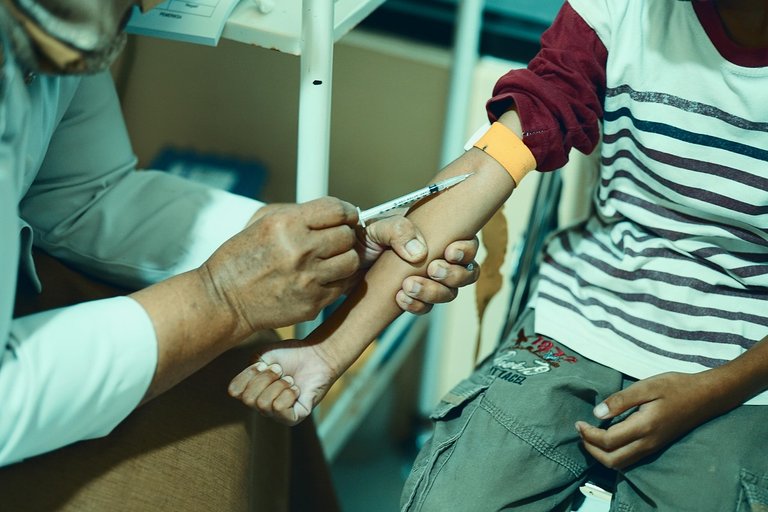The Mark On My Left Arm
I never fully understood the importance of vaccines until the society around me forced me to. Growing up, I could remember how bad I used to feel each time I glanced at or noticed a bold mark on my left forearm. I had no memory of how and when the mark got there, but it took me a while to get comfortable with it.
It was when I was in secondary school that I started gaining consciousness of what that mark was. And when I noticed most kids in my age range had that same mark or something similar on their left arms, I started asking questions about the mysterious mark that defined a generation.
One of the most prevalent sights growing up was the presence of beggars with some form of deformity or other in their legs. For some, a leg is thinner than the other; for others, both legs are thin and useless. Seeing them back then, I always wondered what could've caused their condition. And the more I see them, the more I identify a pattern.
The first time I read about poliomyelitis, I couldn't wrap my head around it. To think there is a particular substance out there that was able to do such incredible damage to a young body left me flabbergasted. But, it is what it is. Polio wreaked havoc; it destroyed destinies.
Back to the pattern I noticed in the previous paragraph: most of the beggars suffering from poliomyelitis were from the northern part of the country. That realization filled me with questions. Why are they mostly Northerners? Were they built differently? Who targeted them with poliomyelitis? Do they have something in their DNA that made them susceptible and made us immune to it?
Vaccines and conspiracy theories have coexisted from time immemorial. The reasons for this depend on whichever side of the pond one chooses whenever a vaccine to challenge a raging epidemic is introduced. If there is one power most people have always enjoyed having, it is the power to revolt against the government/oppressors. That's one of the reasons why vaccination and conspiracy theories continue to be inseparable.
On one good afternoon during an English class, a comprehension passage discussed polio and its effects. That was when I knew that the annoying mark on my left arm was that of the polio vaccine I was given when I was a toddler, and the same goes for everyone with the mark. None of us has any polio-related challenge. So, I wondered again, if the vaccine saved us from polio, does it mean those northerners weren't given the vaccine? Yes, they weren't for a couple of reasons.
The first reason why they rejected the vaccine was because of their cultural and religious beliefs. Most typical northern men back then made sure their wives did not leave home. The outside world had little to no access to northern women. How do you vaccinate people who won't come out to be vaccinated?
Secondly, historical mistrust of government or international initiatives led to rumours that the vaccines were a disguised plot to make their children sterile. This led to hesitancy, and with the level of literacy at an all-time low, it was very hard for the government to make them see the importance of the vaccine.
Well, a few years later, they probably blamed themselves for their stance because in the 1990s, Northern Nigeria accounted for approximately 98% of confirmed polio cases in the country. Their conspiracy theories and beliefs led to a low immunization rate of about 3.7 to 6% whereas the immunization rate ranges from 33 to 45% in the Southwest to the Southeast.
Considering what I know about polio and its effect on the people who let conspiracy theories cloud their judgment, I don't joke around with vaccines. As long as it's clinically proven to be safe, I have no problem taking it. The noise may be loud sometimes, like with the COVID-19 vaccine, but a glance at the annoying mark on my arm always reminds me of the importance of vaccines.


